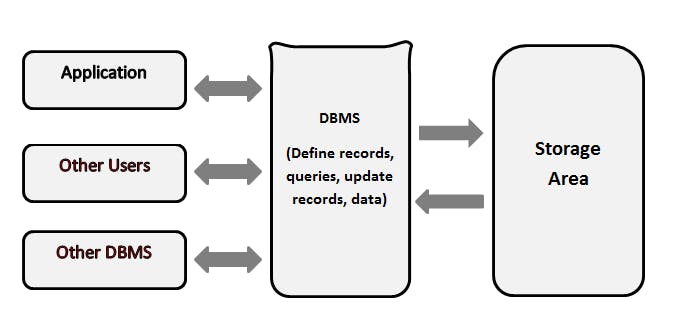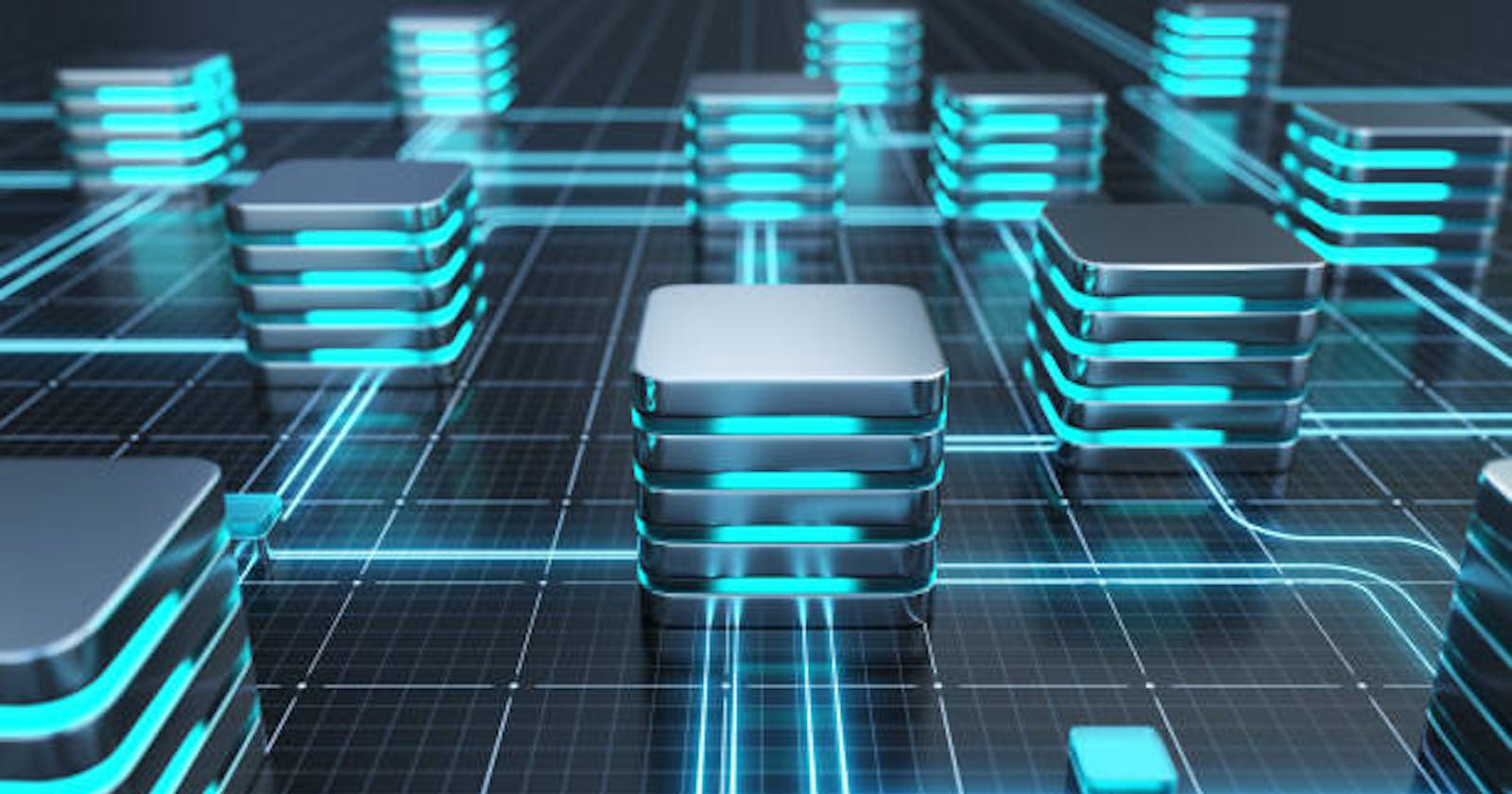Data has always been an integral part of our daily lives and it may come in different forms, sizes, and shapes. Some examples of data can be the cassavas planted on a farm, cars in a dealership store, or people in a school or country. This shows us data can simply be anything we can interpret it to be.
For reference sake and proper documentation, this data has to be stored somewhere safely and securely so it can be accessed, updated, and manipulated at any time. This is where a Database comes in. Containers that have a huge collection of data are known as Databases, e.g a public library with a huge collection of books.
N/B: The goal of this article is to give you a brief introduction to what a database is and its uses. In subsequent modules, we'll take the types of databases and explain each type thoroughly. There are mostly no prerequisites to understand this article, just a basic knowledge of Information Technology is all you need.
What is a Database?
Simply put, a database is an organized collection of data. Databases are electronic systems that basically allow data to be easily stored, manipulated, updated, and deleted. Organizations, both small and large make use of databases in their daily processes to keep track of all the moving parts of their business, inventory, and all other kinds of information. The electronic system that manages databases is known as a Database Management System.

There are different types of databases in the global market today and you can select the one to use depending on your particular use-case or project requirements. They include:
Centralized Database
Distributed Database
Relational Database
Non-Relational (NoSQL) Database
Personal Database
End-user Database
Commercial Database
Operational Database
Cloud Database
Object-Oriented Database
Graph Database
Although there exist various types of databases available for use, there are two major ones used in production and development environments which are Relational Databases and Non-Relational Databases. We'll be taking these two types of database management systems thoroughly in subsequent modules.
Advantages of Databases
Databases possess a lot of advantages which include:
- It saves a lot of time on repetitive saving of data and resources.
Reduces errors in data entry and updating of data.
Improved data security.
Data retrieval is smooth and almost 100% efficient with the use of databases.
Improved data integrity.
Disadvantages of Databases
As with most computational systems that have a lot of advantages, there are also some disadvantages that accompany the use of databases. They include:
The learning curve for manipulating databases is complex.
Costs can be high when maintaining a database.
- Not all databases are secure therefore you can lose all your information if a database is compromised.
- Compatability issues.
Uses of Database Management Systems
A database allows you to keep track of a lot of information and thereby, have a general store for data.
Databases allow for easy retrieval and processing of data.
A database is used for preventing the loss of data.
Conclusion
In this introductory article on databases, we've been able to establish the meaning of a database, its advantages, disadvantages, uses, and we also talked briefly about the types of databases. In module 2 of this series on databases, we'll take a look at the fundamental database concepts and examine the 2 most important databases in use today; Relational Database and Non-Relational Database.
